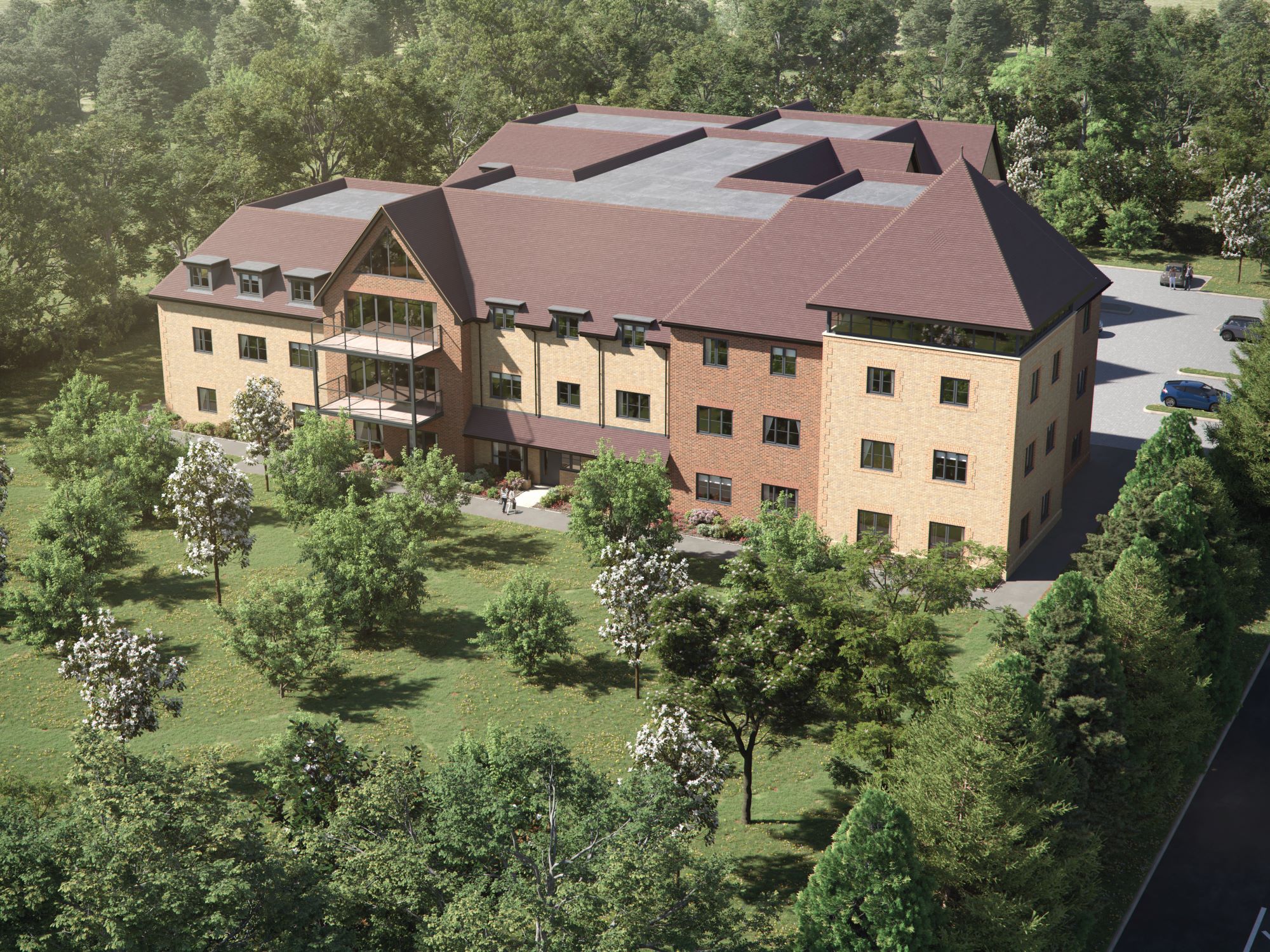Preparing for an impending crisis in dementia care
(Image credit: Getty Images)
With the number of people living with dementia set to almost double by 2040, how can the already fragile care system cope?
At HC-One, we believe solutions can be found today that will better prepare us for future challenges. As the country’s largest provider of dementia care, we know deepening partnerships between providers, commissioners and policymakers results in better outcomes for those needing care, both now and in the future.
The challenge
We are seeing a dramatic increase in complex needs. Data shows us that this trend will continue, with:
- An anticipated sharp rise in the number of people living with dementia in England and Wales, from c.900,000 to 1.7m in 2040.1
- As many as 667,000 dementia care beds will be required by 2040 in England2 (up from c.263,000), more than the UK’s current care home capacity.3
The prevalence of dementia is already having a direct impact on the NHS, with one in four hospital beds occupied by people living with dementia.4
A skilled workforce, good commissioning and funding decisions, and attracting investment for a broad-based building programme in NHS and local authority-funded care are required to secure social care’s future.
 Resident and colleague at Brookdale
Resident and colleague at Brookdale
View care home
A workforce strong in number and skill
Practice in dementia care is constantly evolving, resulting in a challenge to meet the training needs of HC-One’s c.21,000 colleagues (the biggest health and care workforce outside the NHS), as well as the training needs of the wider sector. We provide in-house dementia training to our colleagues, but we want to do more, and faster.
Building on recent thinking around skills development in the sector, we encourage the redirection of some of the money for training that is already in the system to support the upskilling of the workforce, specifically on dementia, which will ultimately enhance outcomes for residents.
This goes hand-in-hand with needing a well-paid workforce. Most of our residents are funded by our local authority and NHS partners who set and amend the costs of care for residents themselves. The fees we receive to care for publicly funded residents impact on what we are able to pay our colleagues. Given the general lack of local authority funding, investing in pay can be difficult for providers in the local authority-funded market, which is where the care need is the greatest.
Due to private investment in our business, we’re proud to pay Real Living Wage to c.80 per cent of colleagues, and plan to go further, but without funding and support, the sector cannot continue to attract the workforce required to meet the future demand for care.
Long-term commissioning: models of care
How dementia care is delivered makes a huge difference. At HC-One, we seek to care about the person, not just for their condition. We support residents’ independence, confidence, and identity. This goes beyond medication; it's about wellbeing and therapeutic support.
Our Specialist Dementia Care Community (SDCC) model takes this further. It is the first of its kind, designed to support those who require 24-hour care because of their dementia. We have seen remarkable results for residents living in our SDCC, and we want to do more.
We want to foster partnership between providers and local authorities to evolve models of care in line with changing conditions, with a long-term view through strategic commissioning, and better use of the money already in the system.
 A CGI of HC-One’s care home, The Applewood, being built in Milton Keynes
A CGI of HC-One’s care home, The Applewood, being built in Milton Keynes
Attracting investment for care environments
A new generation of care homes is needed, as much of the sector’s stock is not fit-for-purpose. There is a lack of meaningful construction for local authority funded care, so there is the imminent prospect of care deserts developing at a time when need is the greatest.
At HC-One, we are progressing with our new-build programme which is helping to bring a new generation of innovative, sustainable, and purpose-built homes to the sector, but we want to go further.
Increased private investment could kick-start the large-scale construction that is required, including in local authority care. Fostering a more regulated environment could encourage responsible investment for long-term upgrading and building of dementia-friendly care homes, with investors able to make an appropriate regulated return, increasing capacity in the sector.
When people receive high-quality care that best meets their needs, by a workforce strong in both number and skill, in the right environment, pressures on the NHS will be eased, including through reducing unnecessary hospital admissions and delayed discharge.
We can only develop a system fit for the future by working in partnership with policymakers. We stand ready to work closely with you to provide insight and expertise, on a national and constituency level.
Please contact externalaffairs@hc-one.co.uk to find out more.
1. Dementia incidence trend in England and Wales, 2002–19, and projection for dementia burden to 2040: analysis of data from the English Longitudinal Study of Ageing, The Lancet Public Health, 2023
2. Projections of care for older people with dementia in England: 2015 to 2040. Wittenberg R et al. Age Ageing. 2020 Feb; 49(2): 264–269
3. Care home trends: 2022 saw numbers of UK care homes decline - carehome.co.uk advice
4. Hospital care | NICE impact dementia | Reviewing the impact of our guidance | Measuring the use of NICE guidance | Into practice | What we do | About | NICE
